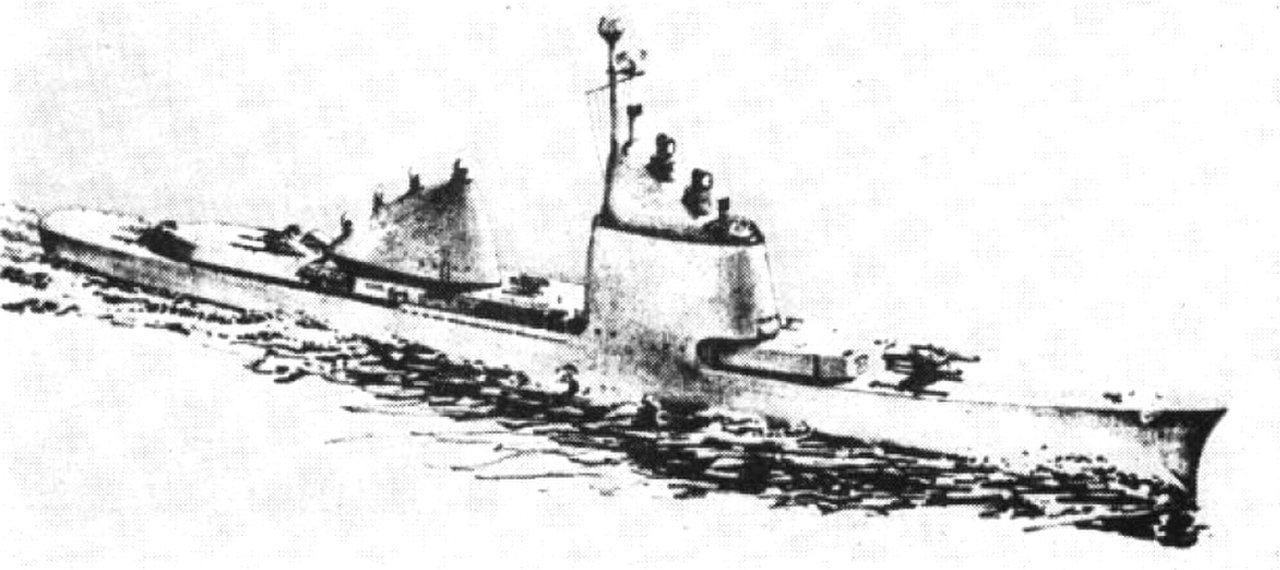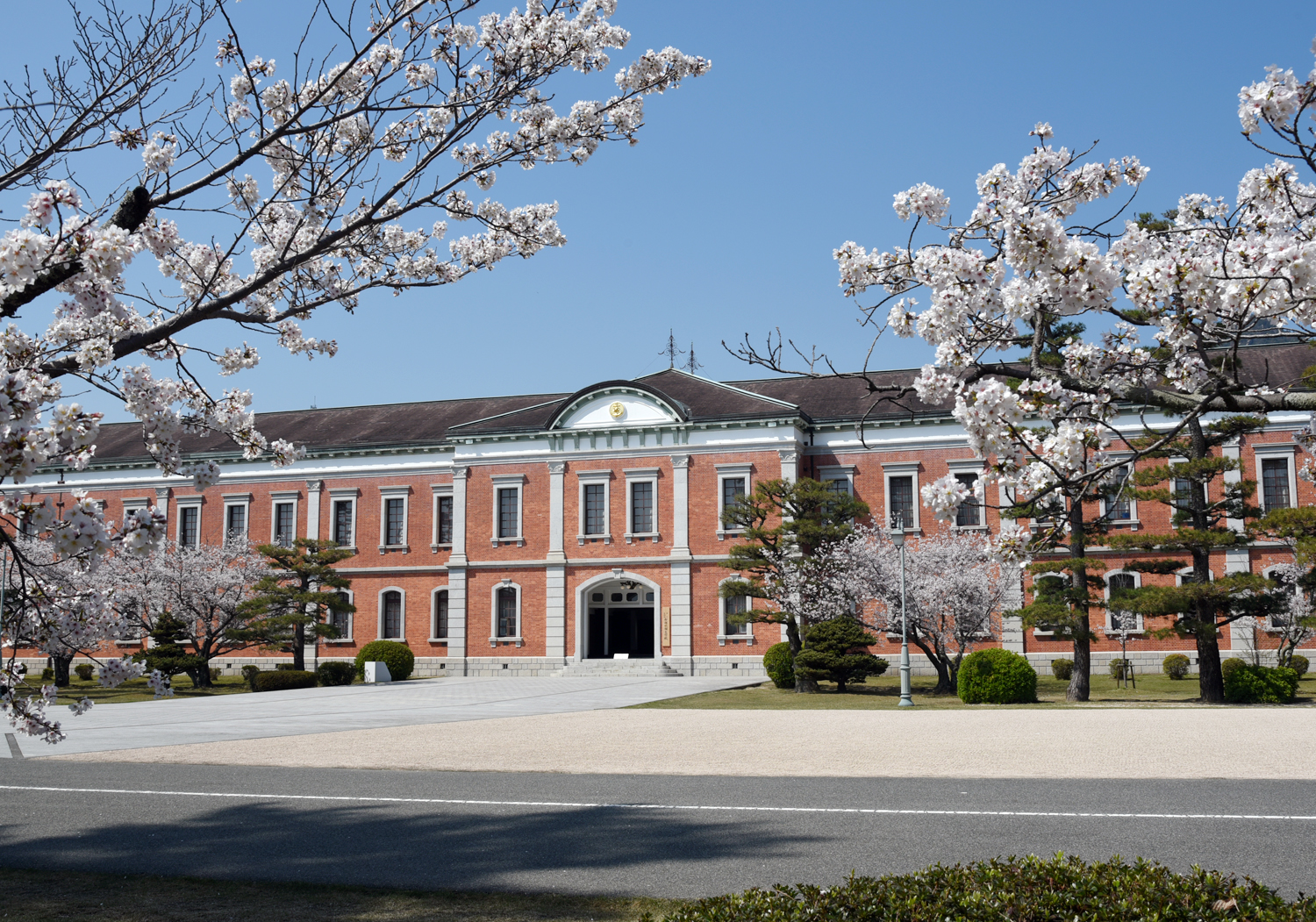
USS Long Beach. First nuclear submarine

USS Long Beach. Silhouette shot showing the final equipment and armament configuration of the nuclear-powered cruiser Long Beach. The photo was taken in 1989. Obsolete 30 mm Mk 127 guns amidships are noteworthy.
The end of World War II and the rapid development of aviation, as well as the new threat in the form of guided missiles, forced a significant change in the thinking of both commanders and engineers of the US Navy. The use of jet engines to propel aircraft, and hence a significant increase in their speed, meant that already in the mid-50s, ships armed with only artillery systems were not able to provide effective protection against air attack to escorted units. .
Another problem of the US Navy was the low seaworthiness of the escort ships that were still in operation, which became especially relevant in the second half of the 50s. On October 1, 1955, the first conventional supercarrier USS Forrestal (CVA 59) was put into operation. As it soon became clear, its size made it insensitive to high wave heights and gusts of wind, allowing it to maintain a high cruising speed unattainable by shield ships. Conceptual study of a new type - larger than before - ocean escort detachment, capable of making long trips, maintaining high speeds regardless of the prevailing hydrometeorological conditions, armed with missile weapons that provide effective protection against new aircraft and cruise missiles, was launched.
After the commissioning of the world's first nuclear submarine on September 30, 1954, this type of power plant was considered ideal for surface units as well. However, initially, all work on the construction program was carried out in an unofficial or even secret mode. Only the change of Commander-in-Chief of the US Navy and the assumption of his duties in August 1955 by Admiral W. Arleigh Burke (1901-1996) significantly accelerated it.
To the atom
The officer sent a letter to the design bureaus with a request to evaluate the possibility of acquiring several classes of surface ships with nuclear power plants. In addition to aircraft carriers, it was about cruisers and escorts the size of a frigate or destroyer. Having received an affirmative answer, in September 1955, Burke recommended, and his leader, Charles Sparks Thomas, US Secretary of State, approved the idea to provide enough funds in the 1957 budget (FY57) to build the first nuclear-powered surface ship.
The initial plans assumed a ship with a total displacement of no more than 8000 tons and a speed of at least 30 knots, but it soon became clear that the required electronics, weapons, and even more so the engine room, could not be “crammed” into a hull of such dimensions, without a significant increase in it, and the associated fall speeds below 30 knots. It is worth noting here that, unlike the power plant based on steam turbines, gas turbines or diesel engines, the size and weight of nuclear power plants did not exceed did not go hand in hand with the power received. The energy deficit became especially noticeable with a gradual and inevitable increase in the displacement of the designed ship. For a short time, to compensate for the loss of power, the possibility of supporting the nuclear power plant with gas turbines (CONAG configuration) was considered, but this idea was quickly abandoned. Since it was not possible to increase the available energy, the only solution was to shape the hull to reduce its hydrodynamic drag as much as possible. This was the path taken by the engineers, who determined from pool tests that a slim design with a 10:1 length-to-width ratio would be the optimal solution.
Soon, specialists from the Bureau of Ships (BuShips) confirmed the possibility of building a frigate, which was supposed to be armed with a two-man Terrier rocket launcher and two 127-mm guns, deviating somewhat from the originally intended tonnage limit. However, the total displacement did not last long at this level, since already in January 1956 the project began to slowly "swell" - first to 8900, and then to 9314 tons (at the beginning of March 1956).
In the event that a decision was made to install a Terrier launcher in the bow and stern (the so-called double-barreled Terrier), the displacement increased to 9600 tons. Finally, after much debate, a project equipped with two twin-missile Terrier launchers (with with a total supply of 80 missiles), a two-seat Talos launcher (50 units), as well as a RAT launcher (Rocket Assisted Torpedo, the progenitor of the RUR-5 ASROC). This project was marked with the letter E.
